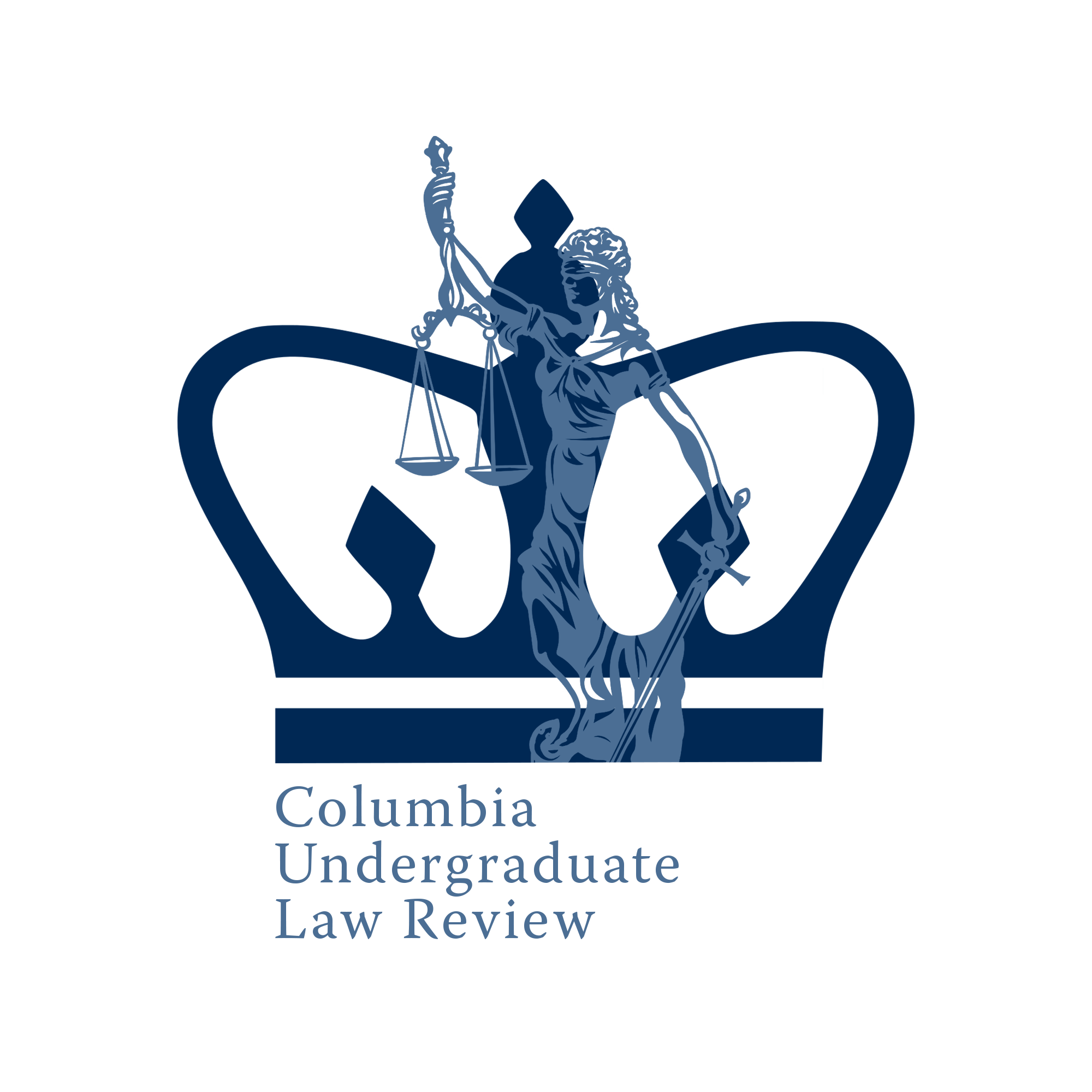The immigration policy of the United States has shifted in the face of the ongoing coronavirus pandemic. Title 42, a rarely-invoked section of the United States Code created in 1944, was revitalized by the Trump and Biden administrations to swiftly expel migrants due to alleged fears of the spread of COVID-19. [1] Despite the policy’s revitalization, however, current legal challenges to Title 42 show that there is no legal basis for such expulsions within its language. In particular, the disproportionate application of the policy at the southern border of the United States serves as evidence of racist motivations behind Title 42 expulsions.
Read MoreIn a unanimous ruling, the U.S. Supreme Court held in Sanchez v. Mayorkas (2021) that all immigrants who entered the country illegally cannot obtain green cards, regardless of having already held temporary protected status. This decision highlights the vague way that U.S. court systems define “legal entry” into the United States— an issue which is a major concern among immigration attorneys and migrants alike, as its definition and application has lasting effects on present and future migrant populations. It is important to inspect the potential human rights implications of the Sanchez decision on migrants. Although the Supreme Court’s decision in Sanchez v. Mayorkas does not directly contradict existing international immigration law, the dangerous legal precedent set in Sanchez highlights the United States’s critical need to take further steps towards compliance with existing human rights law as it pertains to migrants.
Read More

